Louvre Museum:
The Edmond de Rothschild Collection
Edmond James de Rothschild (1845-1934) was a passionate patron of the arts.
The most remarkable testament to Edmond de Rothschild’s generosity came in 1935. Soon after his death, his children donated over 90,000 pieces—including 40,000 prints and engravings, 3,000 drawings of Old Masters, as well as manuscripts, and rare books to the Louvre Museum.
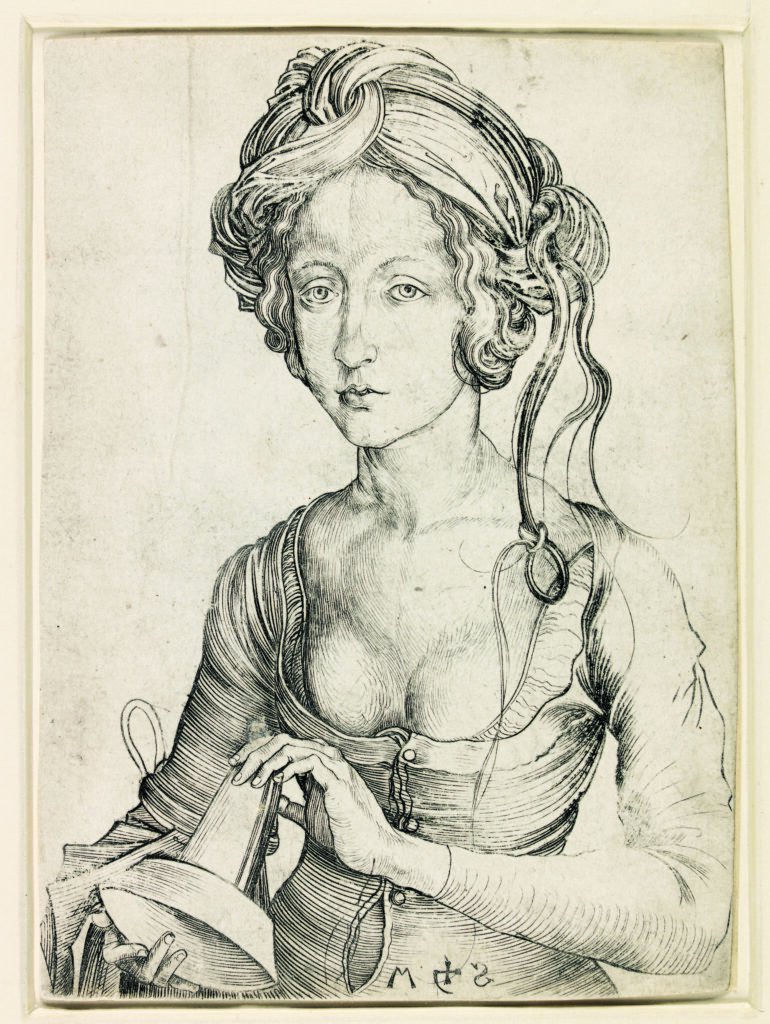
Above image – Christofano Robetta, 1462, Allegory of the Power of Love
Left image – Martin Schongauer
Femme, à mi-corps, dite ‘La Vierge folle’
A curiosity for engravings
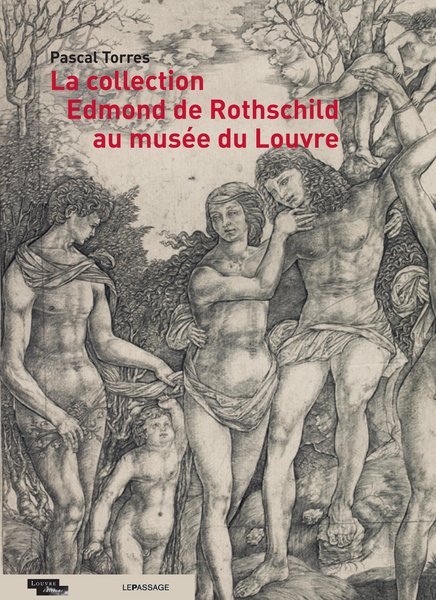
Edmond de Rothschild was one of the greatest collectors of his time. As a schoolboy, he had already spent a large part of his pocket money on print acquisitions. He took an interest in all forms of art from all periods—paintings, drawings, books, sculptures, tapestries, and furniture.
Edmond’s approach to collecting was deeply personal yet methodically curated, ensuring that each piece aligned with his overarching vision of preserving and celebrating artistic achievement.
While the Baron had a deep appreciation and broad knowledge of the arts, he held a particular fascination for engravings. His interest lay in uncovering their historical evolution—especially the origins of French engraving. As a member of the Académie des Beaux-Arts, he frequently spoke on the subject, contributing insights to the field.
“It was his knowledge of everything to do with the history of engravings that led, in 1906, to the invitation to succeed Henri Bouchot, former curator of prints of the Bibliothèque Nationale, as an honorary member of the Académie des Beaux-Arts.”
André Blum (first curator of the Edmond de Rothschild Collection)
The collection was remarkable not only for its quantity but also for its quality and narrative. It offered a comprehensive overview of European artistic development from the 14th to the 19th centuries and provided insights into the evolution of printmaking and draftsmanship. A true Engraving Museum (Musée de Gravure), as André Blum, the collection’s first curator, referred to the collection.
A distinguishing feature of Rothschild’s collection is its remarkable breadth, spanning religious iconography, mythological themes, landscapes, portraits, and satirical works. He was particularly drawn to Old Master prints, considering them fundamental to understanding the progression of artistic styles and techniques.
The collection features Leonardo da Vinci drawings, Rembrandt’s etchings, regarded as one of the finest holdings of the artist’s graphic works, alongside a comprehensive selection of Albrecht Dürer’s engravings and woodcuts. It also includes an array of 16th- to 18th-century French and Italian drawings by artists such as Poussin, Boucher, and Fragonard. Additionally, architectural plans and ornament books reflect Edmond de Rothschild’s deep interest in design, decoration, and the history of European craftsmanship.
The Engraving Museum
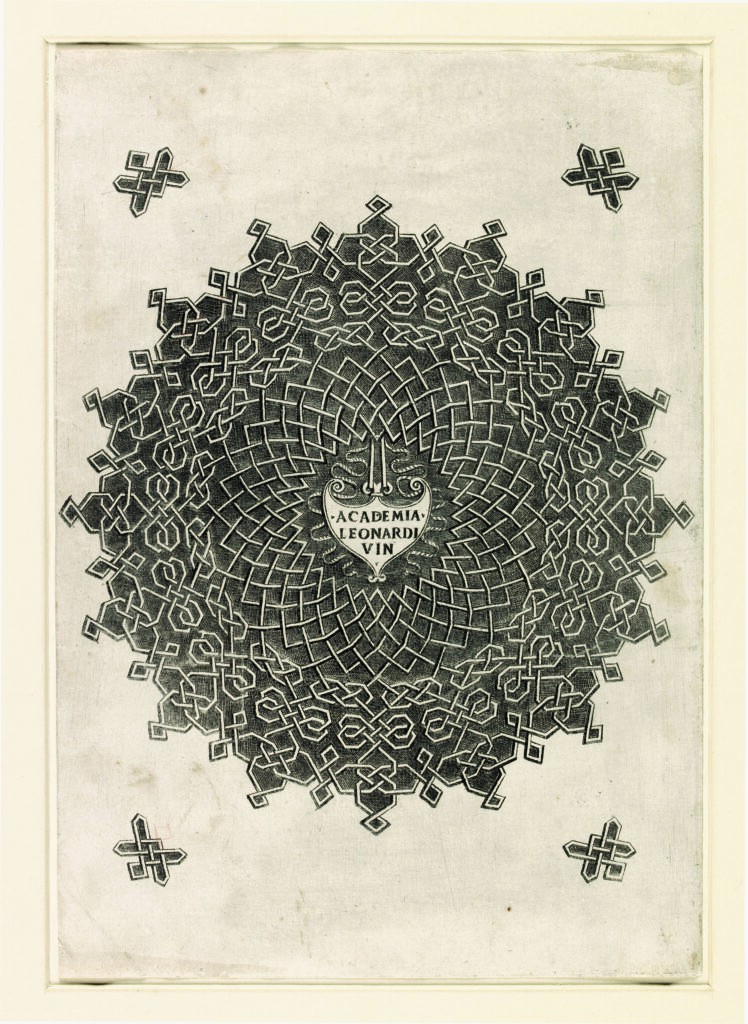
Entrelacs
Notable Subcollections
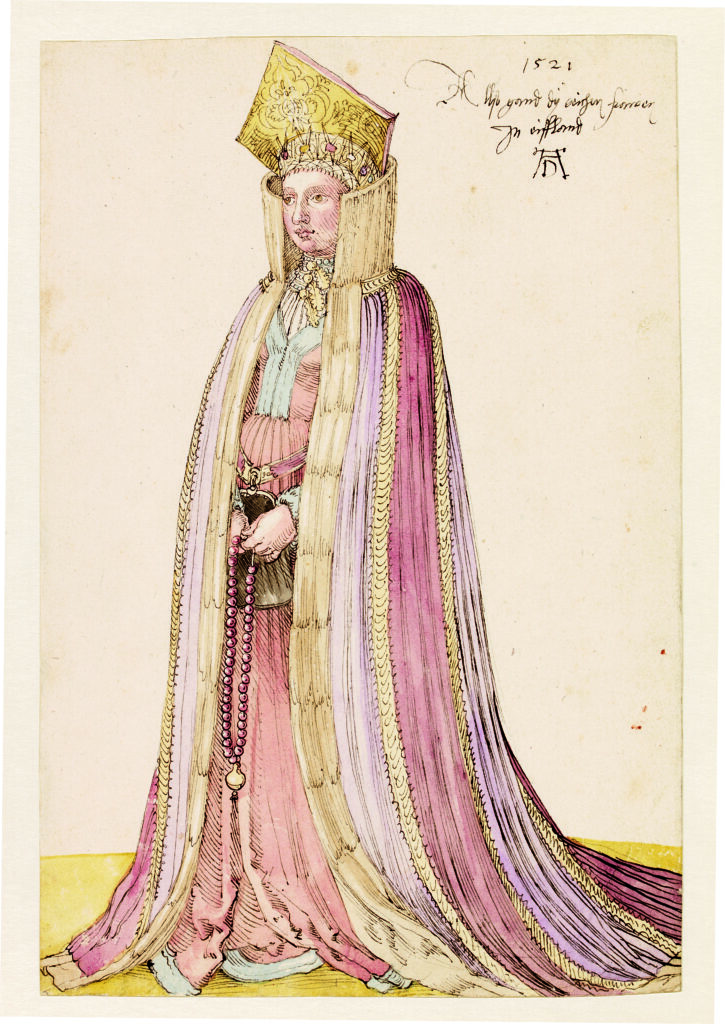
Costume of a Livonian Lady
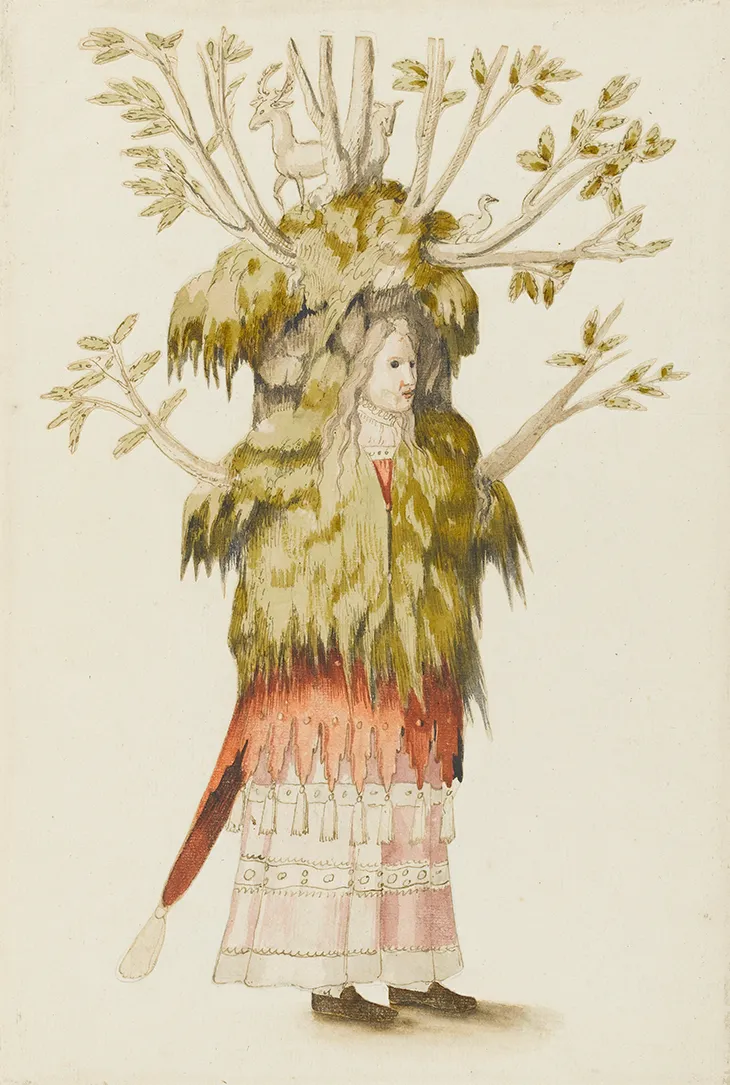
Costume of Spring under a Grove
In addition to the engravings and prints, the Edmond de Rothschild Collection comprises several specialized subcollections that highlight the breadth of Edmond’s interests:
Costume Drawings: One of the impressive segments of this collection is a set of 1,644 elaborate costume drawings, acquired by Edmond de Rothschild in 1889. Housed at the Louvre, these works document the evolution of theatrical and courtly fashion from the 16th to the 18th centuries, offering an invaluable glimpse into the artistic ingenuity of their creators and the grandeur of performances staged for the royal courts of France. The collection, gathered in fourteen bound volumes, features designs for balls, ballets, masquerades, and operas from the reign of François I to Louis XIV. Among the artists represented are Jean Berain, Henri Gissey, and Daniel Rabel, who played crucial roles in shaping the visual identity of 17th-century spectacles.
Architectural and Ornament Books: Features exquisite design treatises and engravings from prominent architects and decorators, documenting shifts in architectural thought and craftsmanship.
Scientific Treatises and Rare Books: Encompasses medical texts, Renaissance literary masterpieces, and rare first editions, bridging the intersection of science, philosophy, and the arts.
Illustrated Folios and Albums: A diverse collection showcasing artistic techniques ranging from woodcuts to etchings, mezzotints, and lithographs, demonstrating the technological innovations that shaped printmaking over the centuries.
“… one of the most celebrated of these early iconic works is the precious Italian niellos of the Quattrocento; Edmond de Rothschild owned half the known examples of the genre…”
Andre Blum
Recognizing that art and education were fundamental to national progress, he worked closely with scholars and curators to ensure that his vast collection would be preserved and studied, reinforcing the idea that philanthropy could serve as a bridge between private passion and collective enrichment.
The donation was made by Baron Edmond de Rothschild’s children, James, Maurice, and Miriam-Alexandrine following their fathers’ wishes. Edmond’s heirs formalized the donation in December 1935, with official approval by the French Council of State in 1936. In addition to the collection, the family donated 400,000 francs to cover the costs of installation and preservation.
Edmond left carefully draft instructions on the preservation and display of the pieces, with the primary objective to protect the collection while ensuring it was available for scholarly study and public access.
From the very early years, the collection was featured in several temporary exhibitions. Beginning in 1937 with One Hundred Incunabula at the Jeu de Paume, which hosted the 1st International Congress of Engraving with 100 selected pieces, showcasing rare early prints. Soon after, in the same year, le musée de l’Orangerie held its first Rembrandt exhibition with 80 etchings and 20 drawings from the collection alongside works from the Louvre’s Cabinet des Dessins. A second Rembrandt exhibition followed in 1947, featuring 135 engravings and 17 drawings from the Rothschild collection, along with paintings by the master loaned by the Louvre. These exhibitions were revelations for collectors, highlighting the exceptional quality of previously little-known proofs.
During World War II, the collection was transported in 166 crates to Chateau Chambord in Touraine, along with other significant works from the Louvre, including the Mona Lisa. Later, it was moved to Chateau de Valençay, where it remained safe until the end of the war.
The collection was relocated back to the Louvre’s Pavillon de Flore when the systematic stamping of the artworks began with each piece marked with E.R – M.L. for Edmond de Rothschild and Musée du Louvre respectively.
The donation to the Louvre Museum
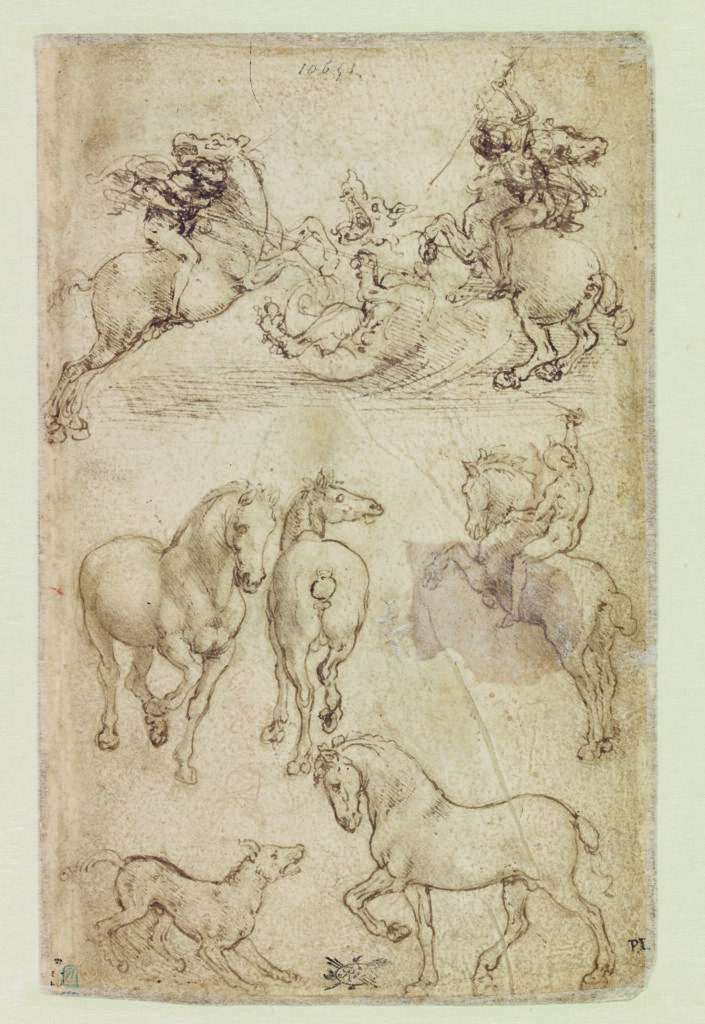
Two riders fighting a dragon, two horses, one rider, one dog, and one horse
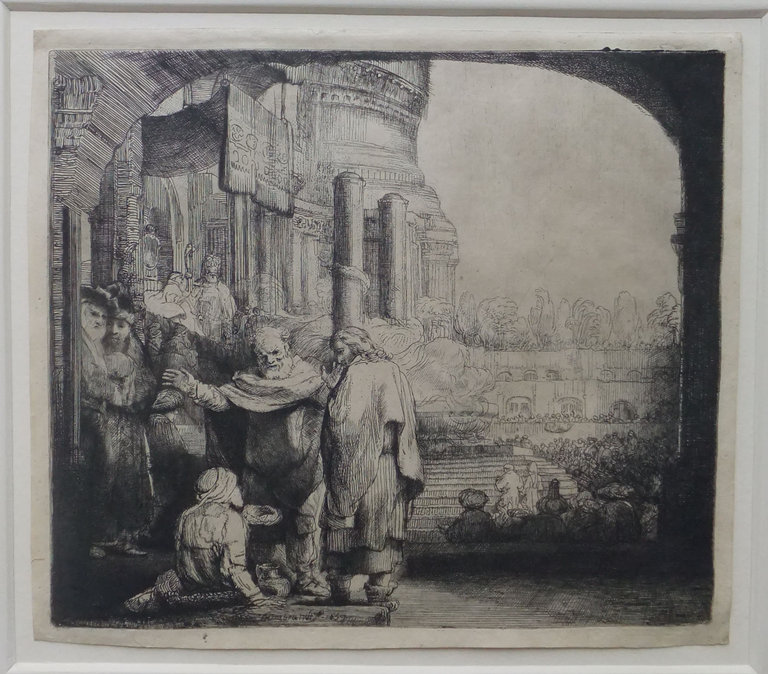
Pierre et Jean à la porte du Temple
A Lasting Cultural Impact
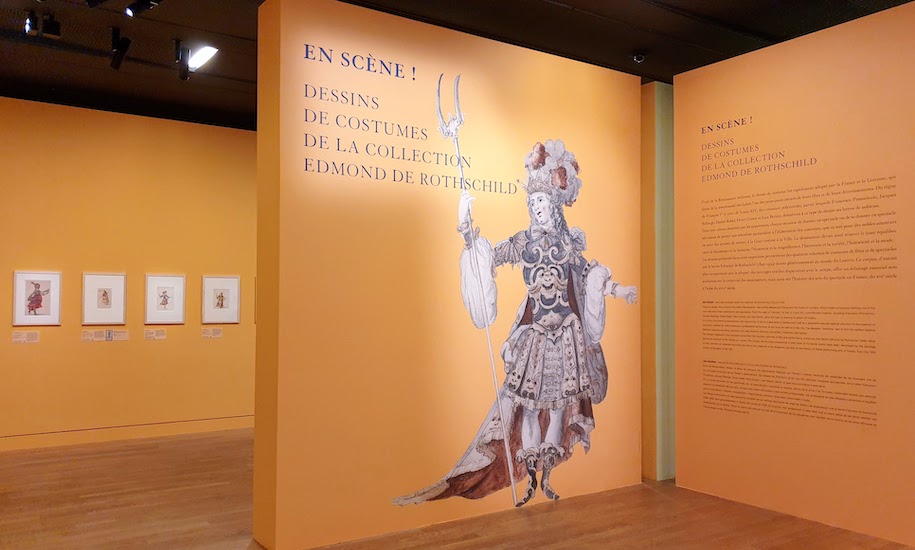
Featuring costume designs from the Edmond de Rothschild Collection
Edmond de Rothschild’s collection allowed the Louvre to strengthen its status as a center for graphic arts, print history, and manuscript studies for researchers worldwide. In 1989, the collection became part of the Department of Graphic Arts, alongside the Louvre’s Drawing and Chalcography Collection.
The museum has undertaken extensive cataloging, conservation, and digitization efforts to ensure the long-term preservation of the collection. A significant portion of the works is now available through the museum’s online database, allowing scholars and the public to explore these treasures virtually.
Over the years, the Louvre continued to organize exhibitions featuring pieces from the Rothschild collection, such as From Poussin to David: French Master Drawings from the Louvre, and Masterpieces of the Italian Renaissance from the Edmond de Rothschild Collection at the Louvre Museum.
In 2021, the museum hosted an exhibition dedicated to the Edmond de Rothschild Collection, unveiling one hundred of its most exquisite costume designs—part of a remarkable ensemble of 1,644 works depicting balls, ballets, masquerades, and operas from the reign of François I to Louis XIV, acquired in the late 19th century by Baron de Rothschild.
Want to know more?
Find out more about the Edmond de Rothschild Collection at the website of the Graphic Department of the Louvre Museum here, about the exhibits featuring the pieces of the collection here, and the On Stage 2021 exhibit here. Discover another art related initiative supported by Edmond de Rothschild Family Philanthropy, Reina Sofia, here.
